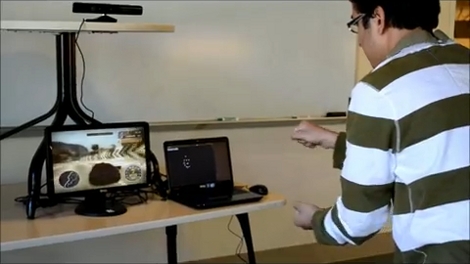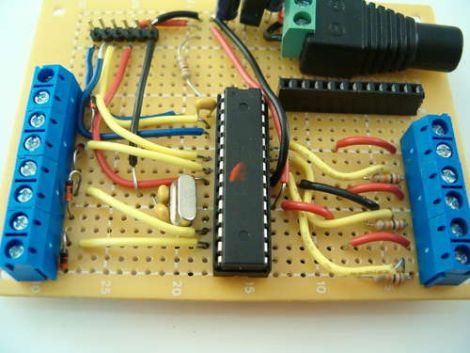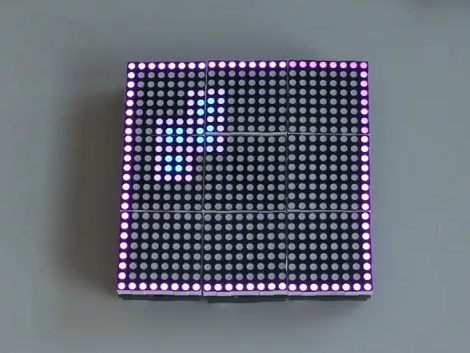
For some reason this project makes us think of the Light Cycles in Tron. You know, the bike forms around the rider after they grab onto the wand that makes up its controls? Certainly you’re not going to see a car form out of thin air, but this driving controller let you grab onto nothing to control a racing game.
You can see that it uses a Kinect to map the body of the player and convert your movements into motion control. The demo video embedded below the fold shows the calibration step, followed by the available control options. Pushing the steering wheel forward turns on the nitrous, leaning forward or back accelerates and brakes, and a few arm signals let you navigate the game menus.
This works by mapping gestures to keystrokes. [Rajarshi Roy] tells us that there’s a very raw code package available in their repository but the plan is to clean it up this weekend. They will also work on a Wiki, documentation, and a tutorial on teaching the software new gestures.
We just don’t know what we like better, seeing the kinect extended as a gaming controller like this one, or using it in robotics like that quadcopter.
Continue reading “Driving Game Steering Wheel Controller Without The Wheel”

















